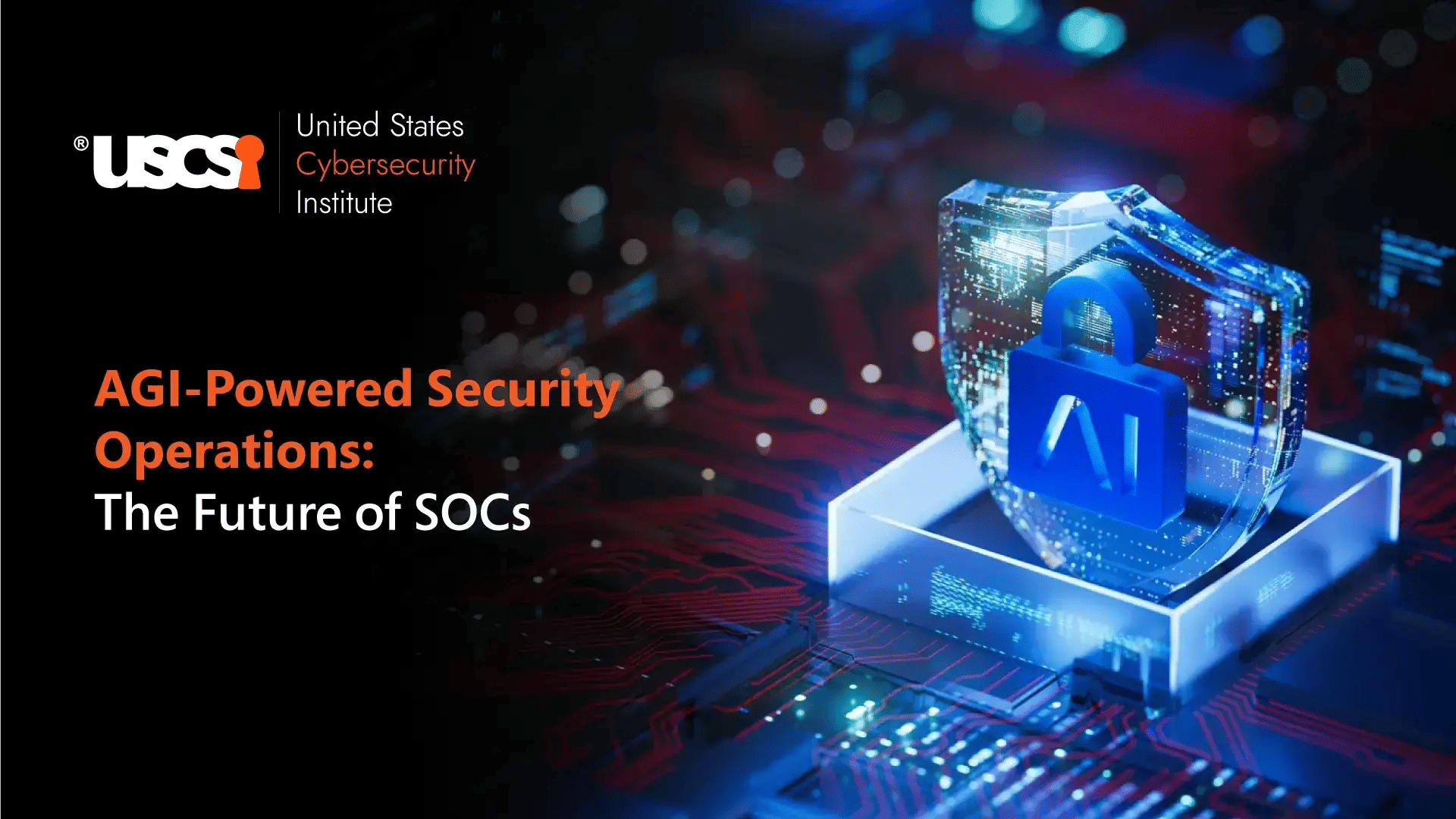

Overcoming The Vulnerabilities of IoT
The world is becoming a linked place as there will be more than 30 billion devices that are going to be connected by the year 2023. Additionally, the emergence of 5G technology will support the advancements of IoT and make its capabilities limitless. But what is IoT and why is it important for everyone to know that soon they are going to live in a hyperconnected world?
IoT stands for the Internet of Things and is said to be one of the greatest improvements of the 21st century. It is a giant network of connected devices as well as people. These things and individuals create, gather, use, and share data about the surroundings and how to utilize them. The purpose of IoT is to design an ecosystem of connected devices that give real-time self-reports, significantly improve the efficiency of humans, and provide crucial information at a much faster rate (without human intervention). Interestingly, the Internet of things embraces and involves objects of different shapes and sizes. They range from smart microwaves, self-driving cars, to fitness devices. In simpler terms, IoT is an ecosystem where everyone and everything is connected with each other.
Helping Hand of The Future - IoT
- In the Home: Are you dependent on the alarm clock to help you get up in the morning and get to work? But is it just the alarm clock that helps you reach your destination on time? What if the train is canceled and you end up taking a car? Will the car take more time or less time than the train? What if there’s more traffic on the road, thus increasing your travel time? Well, a normal alarm clock simply tells you, “Hey it’s 7 a.m.,” whereas an IoT enabled alarm clock is smart and would do the necessary calculations, realize that the train is canceled, anticipate that you would take the car, analyze the traffic, calculate the new time that you will take to reach the destination and then it will reset itself accordingly. Thus, ensuring that you do not get late. From smart assistants like Alexa to smart devices like smart bulbs, climate controls, smartwatches, etc. IoT is helping humans live a more comfortable life.
- In the Office: Futuristic workspaces are the future where connected things will make life easier. Since lights and sounds directly impact the productivity of employees, offices install smart lights that ensure perfect lighting conditions in the office. Additionally, these smart lights adjust themselves to minimize power consumption, thus reducing costs. IoT also offers a comfortable environment enabling employees to work productively for around 40 hours per week. Security cameras, control systems, connected sensors, and more also assist organizations to maintain a high level of safety.
Risks associated with IoT
According to a Statista report, there are around 4.66 billion active users of the internet in the world (January 2021). While the global internet penetration rate stands at 59%, China (854 million) followed by India (560 million) and the US (313.32) have the largest base of Internet Users. On one hand, the rise in internet usage has accelerated IoT adoption, whereas, on the other hand, this rise has put the entire ecosystem at cyber risks. Following are three major risks associated with IoT:
- Weak Authentication: IoT devices do not store any data, hence little or no authentication is required. However, the devices are still vulnerable and can act as the network gateway. In a different scenario, the IoT devices can be successfully acquired by a botnet, which will further use its processing power to disseminate DDoS and malware attacks. Hence, IoT carries the risk of weak authentication. Manufacturers deal with this risk by adding strong passwords as they are the first defense layer against cyber-attacks. This is primarily why systems require strong passwords with letters, numbers, and special characters.
- Shared Network Access: Most of the IoT devices in an ecosystem are connected to the same network (such as LAN or Wi-Fi), thus putting the entire network at cyber risk. If somehow a hacker can enter the network, it can easily gain access to sensitive information that is stored on a different device and is connected to the same network. To address this risk, IoT applications should have distinct networks or firewalls. In such cases, even if there is a cyber-attack on one device, the other devices remain protected.
- Low Processing Power: The data usage for an IoT device is very less. This results in low cost and long battery life. However, low processing power makes it difficult to continuously update the device Over-the-Air (OTA), thus preventing them from accessing cyber security features such as end-to-end encryption, virus scanners, firewalls, etc. Hence, it is essential for the IoT ecosystem to have in-built security features.
Cybersecurity Education
Organizations recognize the impact of cyber-attacks and hence invest heavily in designing, building, and installing security systems. However, the lack of cybersecurity skills in employees to design and maintain such systems has left companies in a dilemma - whether to adopt IoT. While they look for individuals with Cybersecurity education and relevant skills, they also encourage employees to upskill and start their cybersecurity careers. The world needs cybersecurity experts to help them successfully implement IoT.
Conclusion
IoT finds its application across transport, warehouses, healthcare, agriculture, water supply, traffic monitoring, etc. Since these IoT devices are connected through the internet, their vastness has left them vulnerable to cyber-attacks. Hence, it is important for individuals and organizations to create IoT systems with built-in security features that deal with cyber-attacks. Individuals must start adopting cybersecurity skills today to create a secure tomorrow.





